English Reading Circle on Short Stories
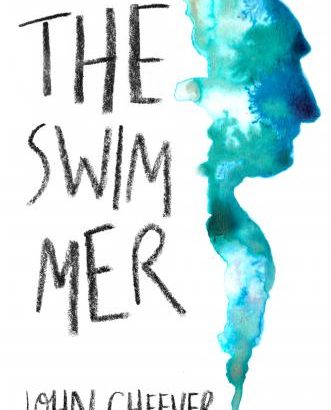
- Posted: 14 junio, 2017
- By: Biblioteca
- Comments: No Comments
ENGLISH READING CIRCLE – SHORT STORY OF THE MONTH ANALYSIS: “THE SWIMMER” BY JOHN CHEEVER
This month’s story, and our last of the 2016-2017 cycle, is John Cheever’s “the Swimmer.” First published in The New Yorker in 1964, this is perhaps Cheever’s most popular and heavily anthologized story, and it serves as a fitting close to our cycle. Perhaps Neddy Merrill’s journey across the swimming pools of his suburban neighborhood
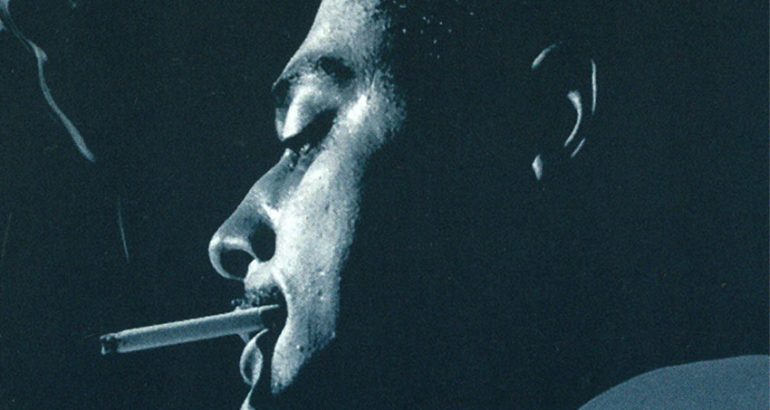
- Posted: 19 mayo, 2017
- By: Biblioteca
- Comments: No Comments
ENGLISH READING CIRCLE – SHORT STORY OF THE MONTH ANALYSIS: “SONNY’S BLUES” BY JAMES BALDWIN
The last story of our 2016-2017 cycle is James Baldwin’s “Sonny’s Blues,” written in 1957. This story is Baldwin’s most heavily anthologized, and stands as a powerful testament to the author’s virtuosity as a short-story writer, in addition to his mastery of other forms, most notably the novel, drama, and the essay. “Sonny’s Blues” addresses
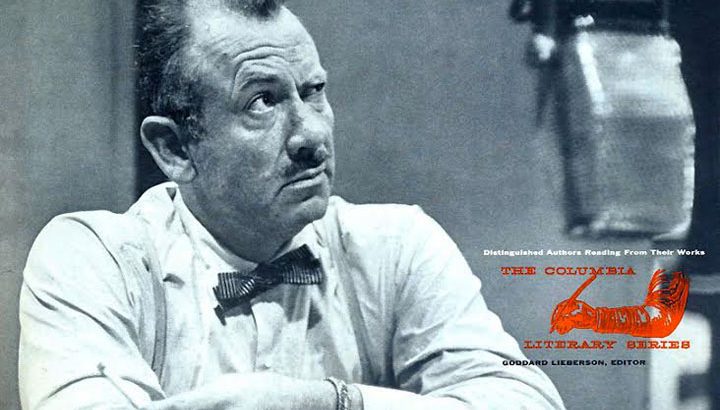
- Posted: 20 abril, 2017
- By: Biblioteca
- Comments: No Comments
ENGLISH READING CIRCLE – SHORT STORY OF THE MONTH ANALYSIS: “THE SNAKE” BY JOHN STEINBECK
This month’s story is John Steinbeck’s “The Snake”, written in 1934 and published the year after. It forms part of The Long Valley collection, which was published in 1938. The story is set in Monterrey, California, and features a character, Dr. Phillips, that is based on the marine biologist and philosopher Ed Ricketts, a friend
- Posted: 27 marzo, 2017
- By: Biblioteca
- Comments: No Comments
ENGLISH READING CIRCLE – SHORT STORY OF THE MONTH ANALYSIS: “BABYLON REVISITED” BY F. SCOTT FITZGERALD
This month’s story is F. Scott Fitzgerald’s “Babylon Revisited,” published in 1931. The story is celebrated as one of Fitzgerald’s best, as well as one of his most autobiographical. Many of the events and characters of the story mirror elements of Fitzgerald’s life: the years of drunken indulgence in Paris, the lost wife (though Zelda
- Posted: 20 febrero, 2017
- By: Biblioteca
- Comments: No Comments
ENGLISH READING CIRCLE – SHORT STORY OF THE MONTH ANALYSIS: “THAT EVENING SUN” BY WILLIAM FAULKNER
This month’s story is William Faulkner’s “That Evening Sun,” first published in 1931, two years after The Sound and the Fury and five years before Absalom, Absalom! These two novels share a common denominator with “Evening Sun”: all three relate incidents in the lives of the Compson family, and are narratively guided by Quentin Compson,
- Posted: 27 enero, 2017
- By: Biblioteca
- Comments: One Comment
ENGLISH READING CIRCLE – SHORT STORY OF THE MONTH ANALYSIS: “BIG TWO-HEARTED RIVER” BY ERNEST HEMMINGWAY
Our first story of 2017 is Ernest Hemmingway’s “Big Two-Hearted River,” one of his most widely anthologized short stories. First published in 1925 when Hemmingway was twenty-six years old, the story is perhaps the most technically pure example of Hemmingway’s “iceberg theory” of modernist prose, which proposes that, just as the visible tip of an
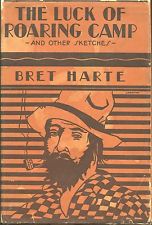
- Posted: 22 noviembre, 2016
- By: Instituto Internacional
- Comments: No Comments
ENGLISH READING CIRCLE – SHORT STORY OF THE MONTH ANALYSIS: “THE LUCK OF ROARING CAMP” BY FRANCIS BRETT HARTE
This month’s story is Francis Brett Harte’s “The Luck of Roaring Camp,” first published in 1868. Harte’s career has been tightly linked to Mark Twain’s, and it’s not hard to see why: they shared a time, place, and an interest in capturing the colloquial reality of provincial America, in particular the realities of the California
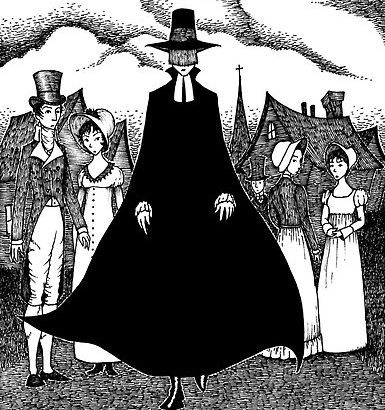
- Posted: 18 octubre, 2016
- By: Instituto Internacional
- Comments: No Comments
ENGLISH READING CIRCLE – SHORT STORY OF THE MONTH ANALYSIS: “THE MINISTER’S BLACK VEIL” BY NATHANIEL HAWTHORNE
This month’s story, Nathaniel Hawthorne’s “The Minister’s Black Veil,” was first published in 1832, then republished in 1837 in Twice-Told Tales, a collection of the author’s short stories. In his review of this collection, Edgar Allen Poe referred to Hawthorne, who was not widely celebrated at the time, as a writer of “extraordinary genius.” Given
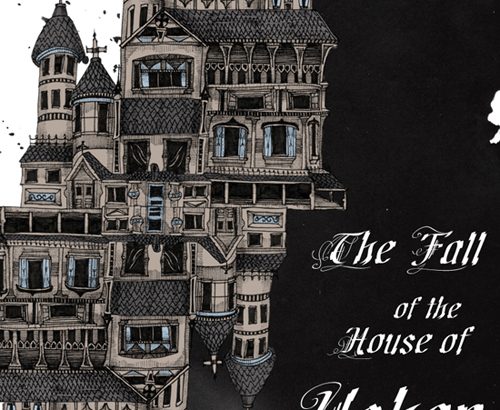
- Posted: 20 septiembre, 2016
- By: Instituto Internacional
- Comments: No Comments
ENGLISH READING CIRCLE – SHORT STORY OF THE MONTH ANALYSIS: “THE FALL OF THE HOUSE OF USHER” BY EDGAR ALLEN POE
Hello and welcome to the 2016-2017 English Reading Circle! This year our theme is “American Masters,” and as a glance at our reading list will affirm, the writers we will work with all qualify to be referred to as such. This month’s story, “The Fall of the House of Usher,” is a masterpiece of one
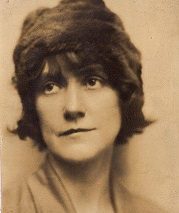
- Posted: 15 junio, 2016
- By: Instituto Internacional
- Comments: No Comments
ENGLISH READING CIRCLE – SHORT STORY OF THE MONTH ANALYSIS: “A JURY OF HER PEERS” BY SUSAN GLASPELL
We close our 2015-2016 cycle on American Women’s Writing with Susan Glaspell’s “A Jury of her Peers,” first published in 1917. The tale of an Iowa farmer’s wife accused of murdering her husband was one Glaspell reported on as a journalist in 1900; she then wrote the play “Trifles,” first performed in 1916, as a
